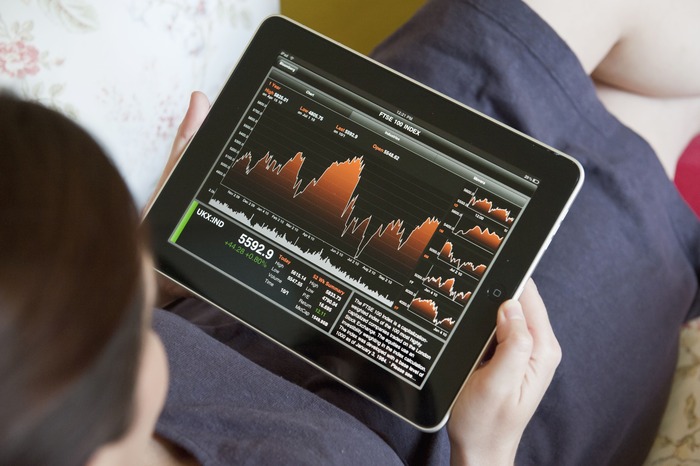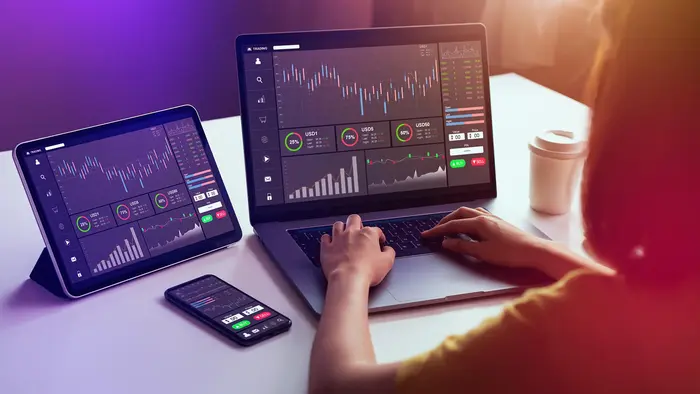Opening a forex account gives individuals access to the global currency market. It enables them to trade currency pairs in real time, speculate on price movements, and take advantage of market volatility.
However, forex trading involves specific requirements, risks, and structural elements that users must understand before committing funds. Whether the trader is based in a major financial center or plans to use a forex account Malaysia provider, the same core principles apply globally.
This article outlines the key points to understand before setting up a forex account, covering regulatory concerns, account types, trading conditions, and practical considerations.
1. Understand the Function of a Forex Account
A forex account allows a trader to buy and sell currencies using a brokerage platform. The account connects the individual to liquidity providers and enables execution of trades based on live market prices.
All orders, profits, losses, and transaction history are processed through this account. It also holds the funds used to open positions or meet margin requirements.
The account serves as the operational foundation of any trading activity. Understanding its features and limitations is essential for efficient use.
2. Know the Main Types of Forex Accounts
Forex brokers typically offer several account types based on trading volume, pricing structure, and required capital. Common categories include:
- Standard account: Typically uses full-size lots, with one lot equaling 100,000 units of the base currency.
- Mini or micro account: Designed for lower capital requirements; trades smaller lot sizes.
- Swap-free account: Intended for users who do not want overnight interest charges.
- ECN or raw spread account: Offers tighter spreads with direct market access, usually with a commission.
Each account type carries different costs, order processing structures, and trading tools. Choosing the right account depends on trading goals, available capital, and strategy.
3. Review Regulatory Status
Before opening a forex account, confirm the broker’s regulatory status. Regulation provides a framework for client protection, order transparency, and fund security. Regulatory bodies vary by jurisdiction and may include agencies in the EU, Asia, or North America.
For example, a trader using a forex account provider should verify whether the company is authorized to operate under local or regional financial supervision. Unregulated brokers carry higher risk and may lack client protection policies, such as fund segregation or dispute resolution channels.
4. Check the Trading Platform Offered
The trading platform is the interface through which all account activity takes place. It must provide:
- Real-time price data.
- Execution of buy and sell orders.
- Charting tools and indicators.
- Account balance and trade history.
- Risk management features such as stop-loss and take-profit orders.
Compatibility with desktop, web, and mobile environments adds convenience. Some platforms also support algorithmic or copy trading functions. Testing the platform through a demo account before opening a live account helps identify any usability issues.
5. Assess the Initial Deposit Requirement
Forex brokers set minimum deposit thresholds for each account type. Some accounts may require as little as $10, while others demand several thousand dollars. The initial deposit not only activates the account but also determines the scale at which the trader can participate.
It’s important to deposit only capital that the user can afford to risk. Forex trading involves uncertainty, and initial funds can decrease rapidly without proper risk controls.
6. Understand Costs and Spreads
Trading in the forex market involves several types of fees. These can affect overall performance, especially for frequent or high-volume traders.
Typical cost components include:
- Spread: The difference between the bid and ask price; acts as an indirect transaction fee.
- Commission: A per-trade fee, often used in raw spread accounts.
- Swap or rollover fee: A charge applied to positions held overnight.
- Inactivity fees: Some brokers apply charges if the account remains unused for a specific period.
Reviewing the fee structure before funding the account avoids misunderstandings and unexpected deductions.
7. Verify Available Instruments
Not all forex accounts provide access to the same trading instruments. A broker may offer only major currency pairs or include minors, exotics, and synthetic pairs. Some accounts also allow access to commodities, indices, or cryptocurrencies. If a trader plans to operate in more than one market, account compatibility becomes important.
Account holders interested in related instruments, such as commodities or equities, should confirm that those markets are supported before proceeding.
8. Clarify Margin and Leverage Terms
Margin trading allows users to control positions larger than their account balance. Brokers set the leverage ratio, which affects the amount of required capital. For instance, 1:100 leverage means a trader can control $100,000 with a $1,000 deposit.
Higher leverage increases exposure to both profit and loss. Regulatory limits may apply in certain regions. Traders should understand margin call levels, stop-out thresholds, and the potential for rapid losses before enabling margin features.
9. Read the Account Agreement and Terms
Opening a forex account requires acceptance of a legal agreement that outlines the broker’s terms and conditions. This document covers:
- Trading hours and execution policies.
- Deposit and withdrawal procedures.
- Risk disclosure and user responsibilities.
- Communication methods and complaint handling.
Failure to read the agreement may result in confusion if disputes arise. Traders should also review how data privacy and transaction records are managed.
10. Evaluate Risk Management Options
A complete forex account should support various risk control tools. These features help manage exposure and reduce the chances of significant losses. Common tools include:
- Manual stop-loss and take-profit settings.
- Margin alerts and account balance warnings.
- Limit orders for controlled entry and exit.
- Position size calculators or risk metrics.
Some platforms include advanced options such as guaranteed stop-loss orders, though these may involve additional cost.
Summary Table: Key Considerations
| Aspect | What to Check Before Opening |
| Regulation | Licensing and compliance status |
| Account types | Standard, mini, swap-free, or ECN |
| Platform tools | Order types, indicators, real-time data |
| Fees and costs | Spread, commission, rollover |
| Leverage and margin terms | Maximum ratio and risk management rules |
| Supported markets | Currency pairs and additional instruments |
| Contract terms | Legal agreement and trading conditions |
Final Thoughts
Opening a forex account is a necessary step for participation in the currency market, but it carries structural, legal, and financial implications. Traders must evaluate the features, restrictions, and risks associated with any account before committing funds.
Whether setting up a forex account service or an international platform, careful planning and informed decision-making remain critical.
Understanding how the account operates, how costs apply, and how to protect capital are all necessary components of responsible trading.
A prepared trader approaches the market with clarity, not assumptions. The account chosen becomes more than a technical requirement — it becomes a tool for active market engagement when used with discipline and awareness.


